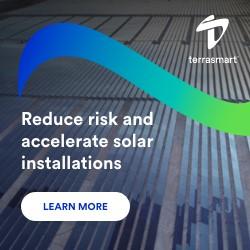UC makes largest solar-energy purchase by U.S. higher education institution
Sharp Considering Sale Of U.S. Solar Energy Unit
Flexible solar cell woven into fabric
Value of Solar Versus Fossil Fuels - Part 2
Energy Sources in a Disaster
Unlikely Bedfellows: Mines That Run On Solar Or Wind Power
One With The Roof
6 Reasons Why Energy Efficiency Programs Fail
Tilapia Village: Net Zero Ranch Style Pocket Village Community
A fully transparent solar cell that could make every window and screen a power source
Politics Threatens World's Largest Solar Power Project
What You Need to Know Before You Invest in Solar Energy
Solar Power Poses Lower Risk to Birds Than Cats or Cars
Solar panel shortage looms even as manufacturers invest in production
Value of Solar Versus Fossil Fuels - Part 1
Records 1876 to 1890 of 4009
First | Previous | Next | Last
Solar Power - Featured Product

